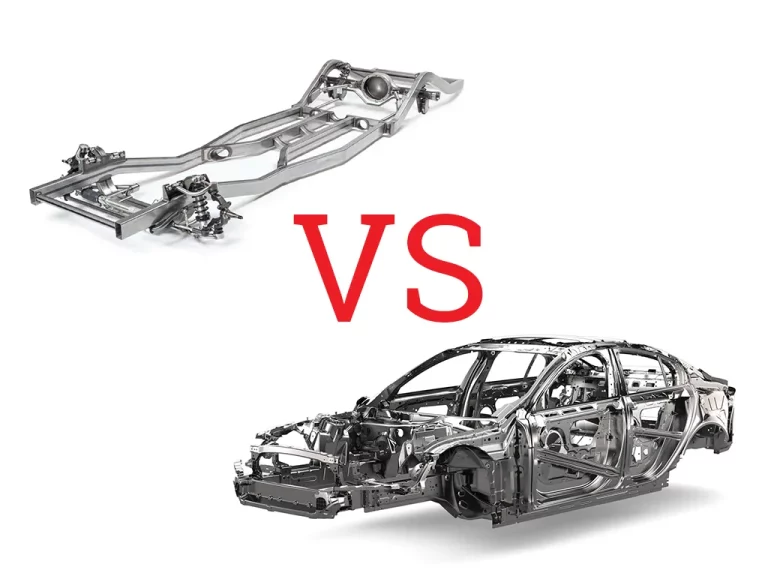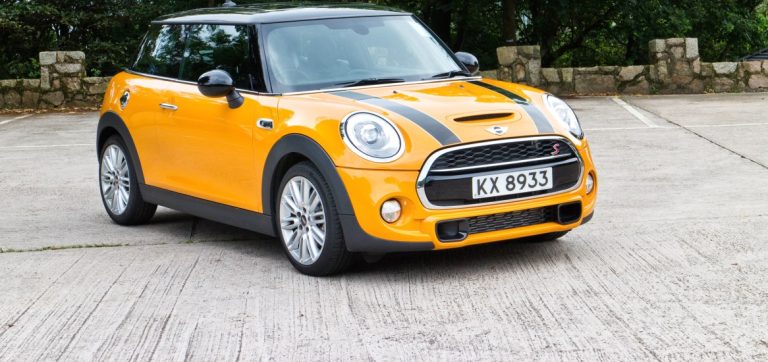What Is A Beater Car?
A beater car refers to an older vehicle that is still operational but generally past its prime in terms of aesthetics and some functionality. Often purchased at a low cost, these cars are typically used for basic transportation needs to avoid wear and tear on newer, more expensive vehicles. In this post, we’ll find out what is a beater car, the benefits and drawbacks of owning one, and why they remain a popular choice for many drivers.

What Is A Beater Car?
A beater car is a vehicle that prioritizes functionality over appearance and is known for being cheap to buy and maintain. Here’s a breakdown of what defines a beater:
-
Price and Value: Beater cars are typically older models with high mileage, so they are priced significantly lower than comparable newer vehicles.
-
Condition: Cosmetically, beater cars will often have dents, scratches, faded paint, ripped seats, or other imperfections. They might lack some modern features or amenities.
-
Reliability (usually): Despite their appearance, beater cars are often surprisingly reliable. Many popular beater choices come from brands known for their durability, meaning they can keep running for a long time with regular maintenance.
-
Focus on Function: The main purpose of a beater car is to get you from point A to point B reliably and affordably. You won’t find many luxury features or cutting-edge technology in a beater.
Advantages and Disadvantages of Beater Cars
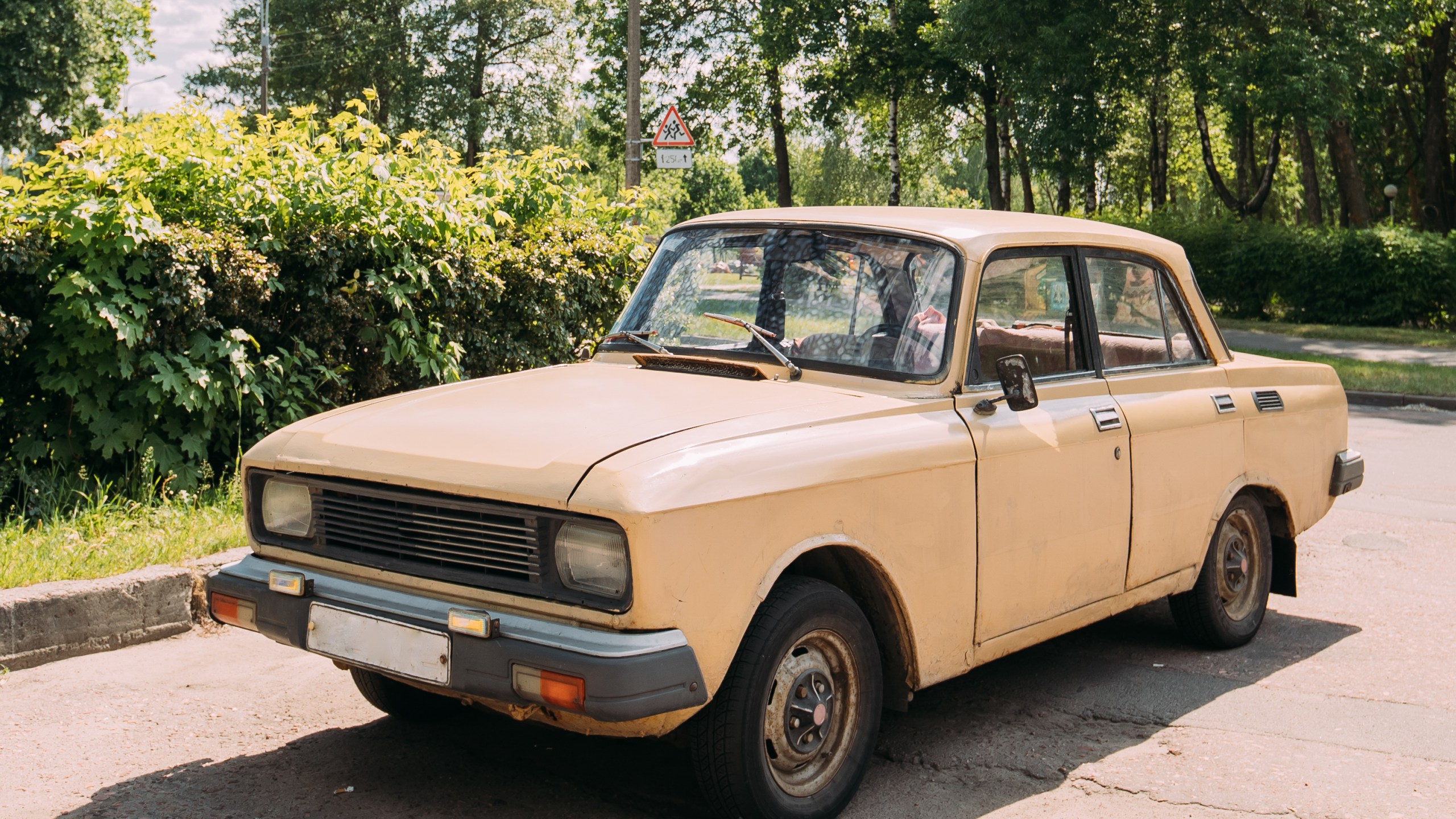
Advantages of Beater Cars:
-
Low Cost: The most significant advantage of a beater car is its affordability. You can buy a beater for a fraction of the price of a newer car, saving you a ton of money upfront.
-
Cheap Maintenance: Beater cars are typically older and simpler vehicles, meaning repairs and maintenance are often less expensive compared to complex newer models with advanced technology.
-
Lower Insurance Rates: Due to their lower value, beater cars typically come with cheaper insurance premiums compared to newer, more expensive vehicles.
-
Less Stress About Damage: Dings, scratches, and cosmetic imperfections are less of a concern with a beater car. You can use it for errands, hauling messy cargo, or driving in bad weather without worrying too much about depreciation.
-
Great First Car: Beater cars are a budget-friendly option for new drivers to learn the ropes of driving without risking damage to a more expensive vehicle.
-
Reliable Transportation (often): Despite their worn appearance, many beater cars come from reliable brands known for durability. With regular maintenance, they can keep running for a long time.
Disadvantages of Beater Cars:
-
Safety Concerns: Older beater cars might lack some of the advanced safety features found in newer models, such as airbags, traction control, or blind-spot monitoring.
-
Reliability (uncertain): While some beaters are reliable, there’s always a chance of encountering unexpected repairs due to age and wear.
-
Comfort and Features: Beater cars often lack the comfort features and modern amenities found in newer vehicles, like air conditioning, heated seats, or entertainment systems.
-
Fuel Efficiency: Beater cars might not be as fuel-efficient as newer models with advancements in engine technology.
-
Higher Maintenance Needs: As with any older vehicle, beater cars might require more frequent maintenance and repairs to keep them running smoothly.
-
Uncertain History: It’s important to be cautious when buying a beater and get a mechanic’s inspection to avoid inheriting hidden problems from previous ownership.
Tips for Buying a Beater Car
Here are some essential tips to ensure you make a wise purchase and get the most value out of your beater car:
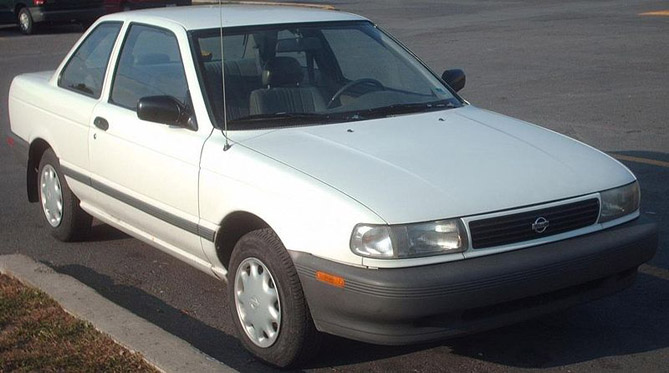
1. Set a Clear Budget
Before you start shopping, decide how much you are willing to spend. Beater cars are affordable, but setting a budget helps prevent overspending on a car that might need significant repairs.
2. Check the Vehicle History
Request a vehicle history report using the car’s VIN (Vehicle Identification Number). This report can provide crucial information about the car’s past, including any accidents, title issues, or major repairs, which could influence your decision to buy.
3. Inspect the Car Thoroughly
Even if you’re not spending much, it’s important to inspect the car thoroughly:
- Exterior and Interior: Look for signs of major damage or repairs. Check the condition of the seats, dashboard, and other interior components.
- Engine and Mechanical Parts: Check for leaks, strange noises, or any odd smells from the engine. Ensure that the transmission shifts smoothly without hesitation or noise.
- Electrical Systems: Test all electrical systems including lights, air conditioning, and audio system to ensure they are working properly.
4. Take a Test Drive
A test drive can tell you a lot about the condition of the car. Pay attention to how the car handles, brakes, and accelerates. Listen for any unusual engine noises or vibrations.
5. Evaluate Maintenance Costs
Do some research to understand the typical maintenance costs of the model you’re considering. Some older cars can be notoriously expensive to maintain, even if they are cheap to purchase.
6. Check for Rust
Rust can be a serious issue, especially in older vehicles. Check the car thoroughly for significant rust, particularly on the undercarriage, as it can be costly to repair and may lead to safety issues.
7. Ask for Service Records
If possible, ask the seller for service records to assess how well the car has been maintained. Frequent oil changes and timely maintenance checks are good signs that the car has been taken care of.
8. Be Prepared for Repairs
Understand that beater cars will likely require some work. Factor the cost of potential immediate repairs into your budget to avoid surprises.
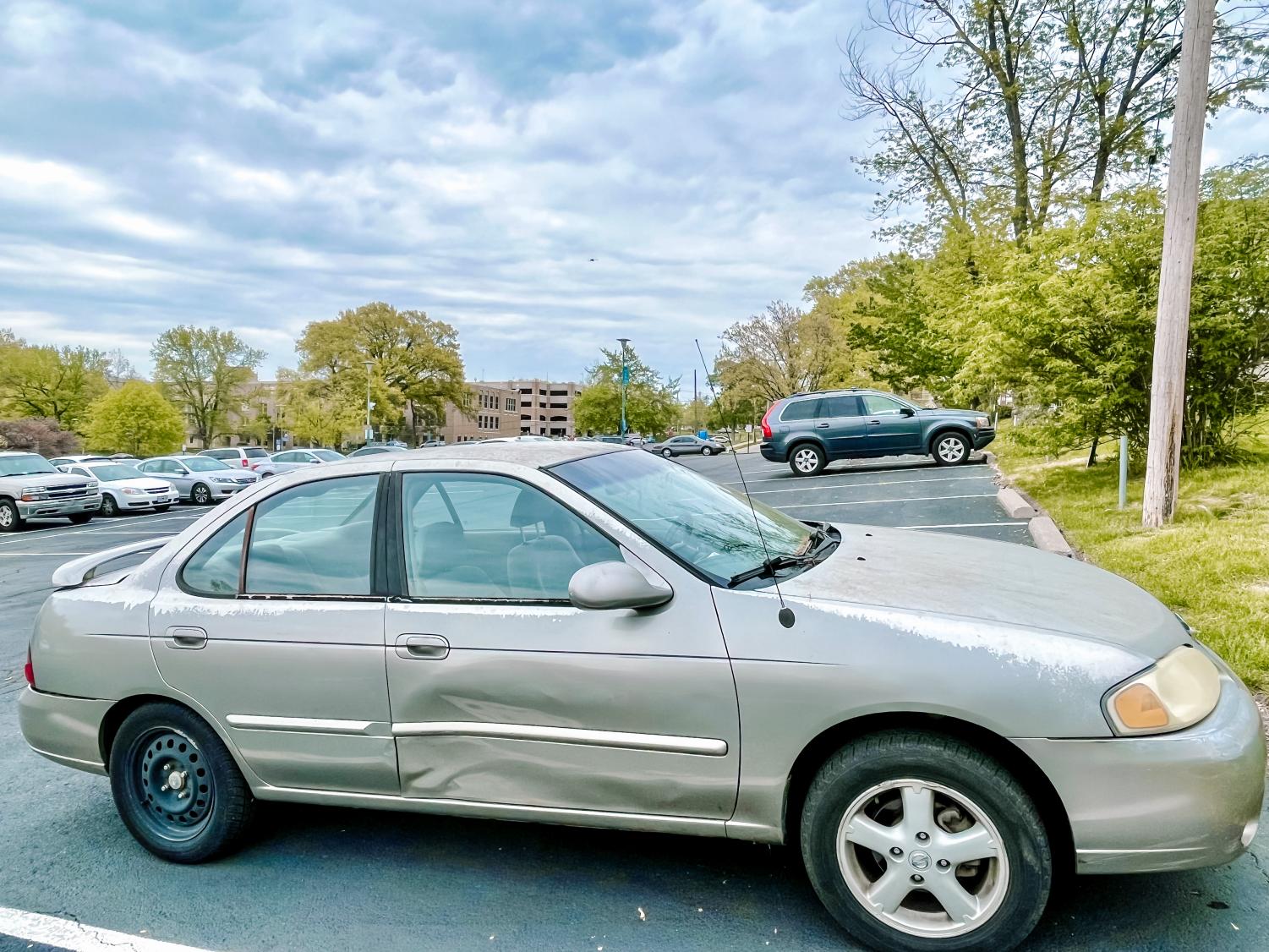
9. Negotiate the Price
Be ready to negotiate. Sellers of beater cars often expect some bargaining, so don’t hesitate to offer a lower price, especially if you’ve noticed issues during your inspection.
10. Consider Future Resale
Think about the potential resale value. Even though you’re buying a beater car, choosing a model with a good reputation for reliability might help you recoup some of your investment when you decide to sell.
Frequently Asked Questions
How long can a beater car last?
With proper and regular maintenance, a beater car can exceed the 200,000-mile mark. Choosing models acknowledged for their durability, such as the early 2000s Ford Focus or ’90s Honda Civics, can significantly enhance this lifespan.
Is maintenance crucial for a beater car?
Yes, maintenance is absolutely crucial for a beater car. Regular upkeep not only improves its performance but also its fuel efficiency, countering the common stereotype of excessive gas consumption in these vehicles.
Does a beater car offer any distinctive characteristics?
One unique aspect of owning a beater car is the experience of embracing its quirks. Over time, these become part of the vehicle’s personality, adding a personal touch and making the vehicle distinctively yours.
What is the key takeaway when choosing a beater car?
Functionality and individuality should take precedence over cosmetic condition when choosing a beater car. With a focus on these aspects, a beater car offers clear benefits in terms of cost savings and long-term value.

Hi! I’m Larry Gibbs, studying mechanical engineering with a focus on cars. I really love Ferraris and write blog posts about the latest car stuff. When not studying or blogging, I’m usually on a road trip exploring new places. I also enjoy playing football and watching movies. Life’s an adventure, and I’m all about enjoying the ride!


